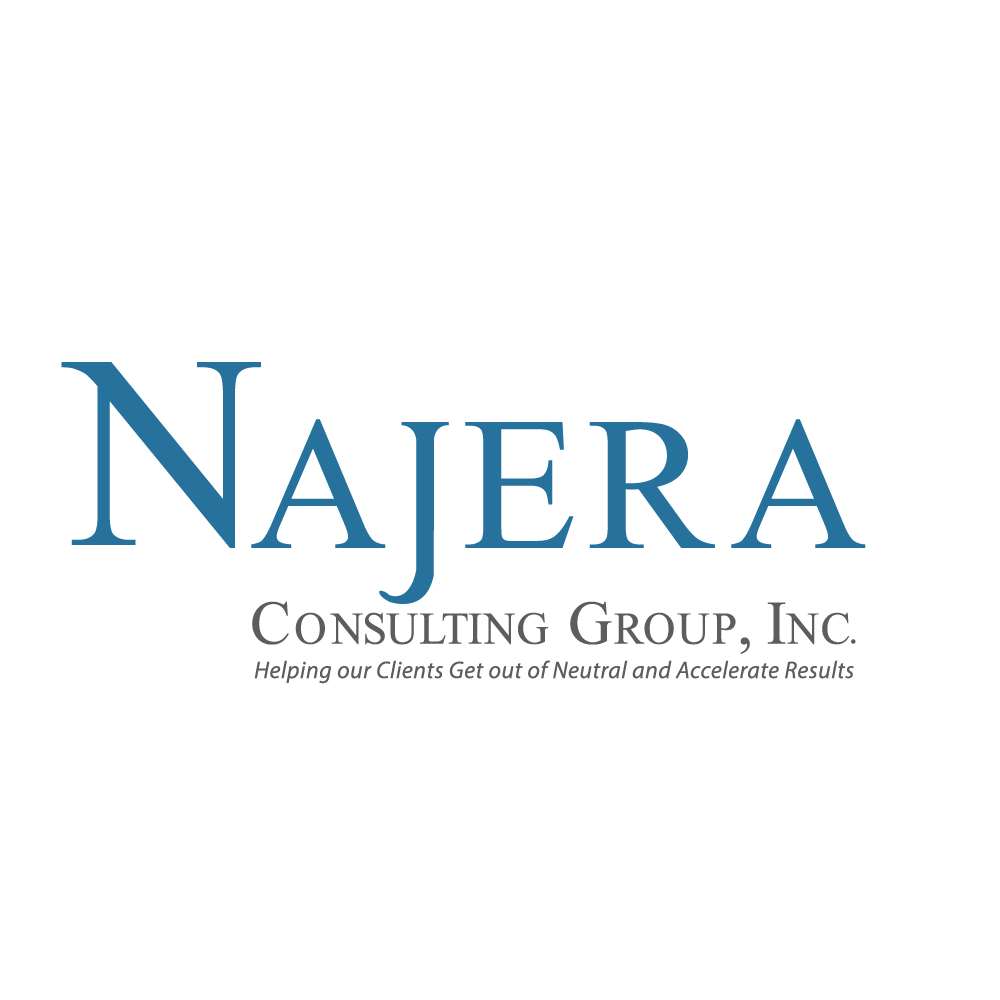 Look at the unfinished pyramid on the back of a one-dollar bill. The apex—the “all-seeing eye”—floats above the base.
Look at the unfinished pyramid on the back of a one-dollar bill. The apex—the “all-seeing eye”—floats above the base.
The design is often interpreted as a symbol that the United States was founded as an unfinished project, always striving toward growth, progress, and the fulfillment of its ideals.
In much the same way, nonprofit organizations remain works in progress—constantly evolving to meet new challenges and opportunities.
Dr. Albert A. Vicere, professor of business administration at Penn State’s Smeal College of Business, used this pyramid imagery to describe the “shadow pyramid.” He observed that corporations around the world became leaner and more competitive by outsourcing non-core functions and focusing tightly on their true strengths.
What We Can Learn from the Shadow Pyramid. I first encountered this concept in the 1990s through the book Crafting Competitiveness: Developing Leaders in the Shadow Pyramid by Dr. Albert A. Vicere and Robert M. Fulmer. The book demonstrated how global competition prompted companies to streamline their organizational structures, concentrate on core competencies, and establish networks of alliances and partnerships for all other activities.
What struck me then, and has stayed with me ever since, was that the shadow pyramid wasn’t just about efficiency. It also demanded leadership. With fewer layers of hierarchy, organizations needed people at every level to step up, bring forward their unique value, and strengthen partnerships to succeed.
Although Vicere and Fulmer wrote for the corporate world, I recognized how relevant the concept was for nonprofits. For decades, I have applied these lessons in my nonprofit strategy consulting practice, helping organizations clarify their core, elevate their leadership, and build collaborative networks that expand their impact.
Clarifying the Core. A shadow pyramid strips the base down to essentials. For nonprofits, that means getting crystal clear about what truly drives mission impact. Is it direct community engagement? Advocacy? Program delivery? Leaders must identify and hold onto the work that no one else can do better than their organization.
Clarifying nonprofit organizational structure and core competencies is critical. Non-core functions, such as bookkeeping, IT, or specific program components, can be contracted out or shared through alliances. By letting go of what isn’t core, leaders free up energy and resources to double down on their true strengths.
Elevating Uniqueness. The shadow pyramid isn’t only about outsourcing. It also emphasizes people. Staff and leaders inside the organization must recognize the unique value they bring—their creativity, relationships, and professional integrity.
Outsourcing has a natural weakness: competitors and peer organizations often use the same vendors and contractors. What sets a nonprofit apart is its people. You can never replicate your ability to bring determination to stand firm in your core values and bring authenticity to your work. That uniqueness gives you an edge.
Building Beyond the Base. Those who operate outside the pyramid, consultants, service providers, or coalition partners, also find opportunity in the shadow. Nonprofits benefit most when they choose partners who deliver cost-effective services while upholding values and strengthening mission outcomes. Partnerships can also extend much further.
Nonprofit partnerships and alliances, primarily through Collective Impact, show how focusing on core competencies allows organizations to contribute their best where it matters most. Instead of duplicating efforts, nonprofits align around a common agenda, shared measurement metrics, and mutually reinforcing activities.
I saw this firsthand with the 50K Coalition, a national Collective Impact effort I helped guide. Engineering societies and higher education institutions came together to increase the representation of women and BIPOC students in engineering. Each partner focused on its strengths, and by working together, the Coalition achieved its ambitious goal five years ahead of schedule. That demonstrates the power of building beyond the base.
A Challenge for Nonprofits. Too often, nonprofits try to do it all—stretching staff thin, juggling competing priorities, and managing functions far outside their expertise. The shadow pyramid challenges leaders to think differently: pare down to your essence, elevate your people, and build partnerships strategically, including through Collective Impact.
In my work with nonprofit organizations, I have observed that they thrive when they adopt this mindset. By letting go of what wasn’t core, they unlocked new capacity for mission-driven work. By investing in their people, they increased resilience. By partnering wisely, they extended their impact. And when they joined forces through Collective Impact, they moved mountains.
What does your nonprofit’s shadow pyramid look like?


How interesting, I was not aware that the eye above the base and the dis-attached top meant that the business world of the United States still had growing to do. Although that would make sense if you actually look at the image. I do think that service level (quickness and professionalism), as well as cost (as low as possible without sacrificing quality) is what drives the world. We now get paid pennies for the amount of work that is considered acceptable for us to do (which is a lot for what we get paid) but if you become innovative about it, you can really turn that shadow into something that works for you.